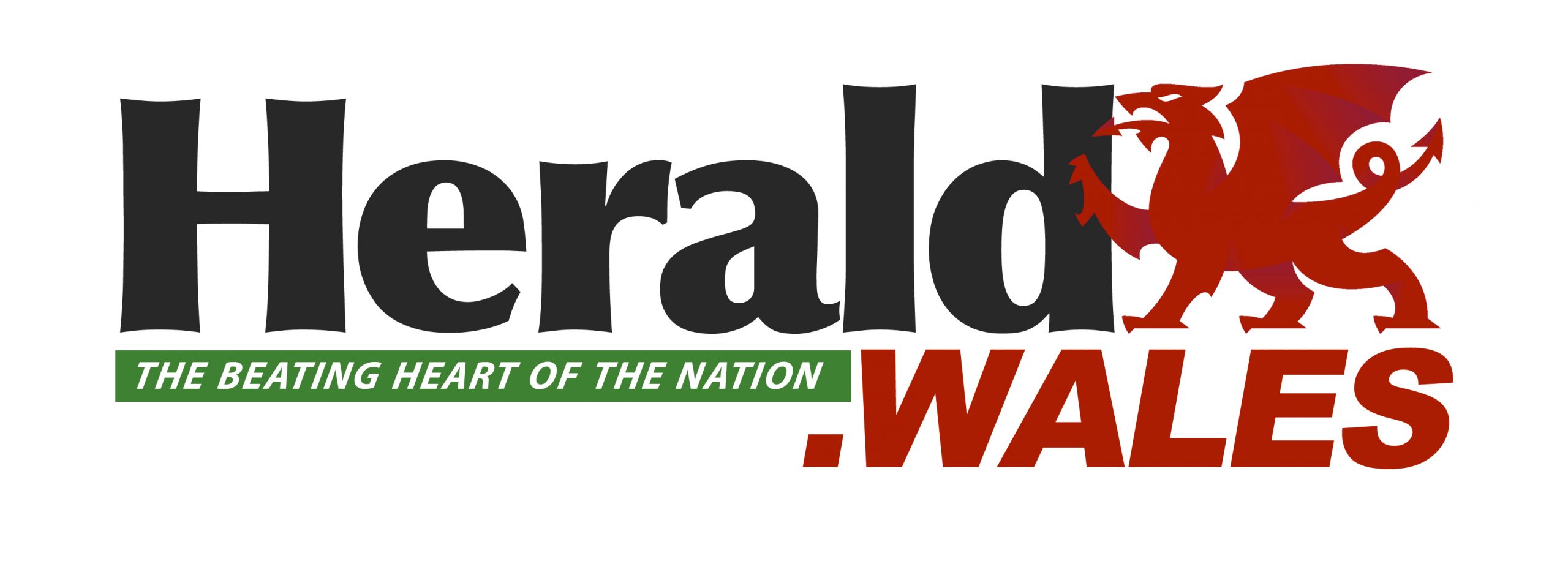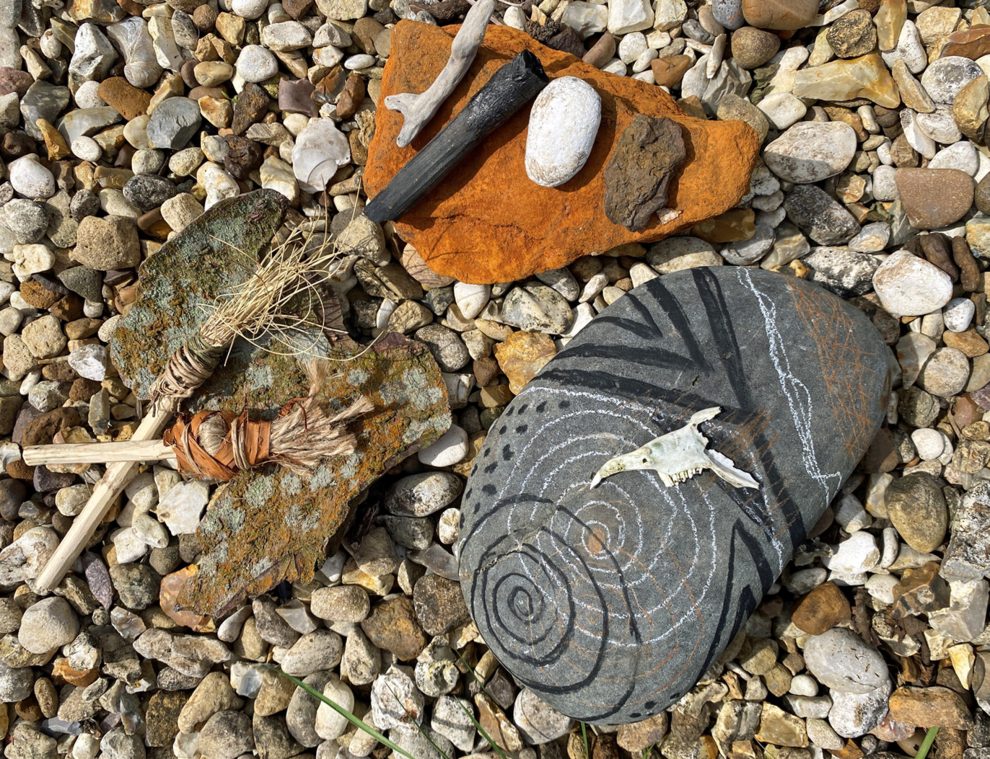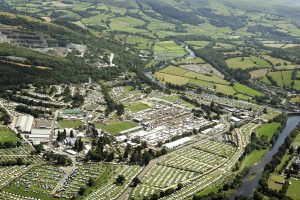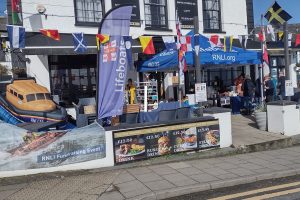CEREDIGION Museum in Aberystwyth is hosting a series of free workshops with artist Billie Ireland to explore the first connection between Ireland and Wales and to tell the story of Mesolithic life in Cardigan Bay.
This will form part of a jam-packed programme of performances and workshops in Aberystwyth as part of Portalis, a cross-border project led by South East Technological University (SETU) in Ireland.
Dating back to the Mesolithic period about 10,000 years ago, visitors have until June 24 to learn how those first settlers adapted to their surroundings to survive. The project also seeks to understand if there are any parallels with how we can adapt to climate change now.
It was between 11,000 and 6,000 years ago, after the last ice age, that the coastline of Cardigan Bay became what we know today. As the ice melted, the sea level rose, sand and pebble beaches became rocky shorelines, salt water gradually encroached into low-lying land and river estuaries, habitats changed, plant species altered and the seasonal migratory paths of animals and birds shifted.
Billie, a former student of Aberystwyth University and visual artist with a practice deeply rooted in discovery, vulnerability and nature, will hold a series of workshops at the museum.
Carrie Canham, Ceredigion Museum curator, said: “Billie is drawn to spiritual, ritualistic and sacrificial methods of creation, often reflecting on the power of motherhood and connection to place.
“She makes temporary land interventions, slow vertical format films and charcoal sculpture that reveal transformation and transience.”
On May 27 and June 17, from 10:30am to 2:30pm and 1:30pm to 3:30pm, two family workshops will be held. Children must be accompanied by an adult and participants should be prepared to get a bit messy as they will be using charcoal, chalk and ochre to make Mesolithic magic with sticks, stones, feathers and bones.
Billie said: “Drawing fun with natural and ancient materials to discover the Mesolithic world and connect to today’s threatened flora and fauna, participants will also make their own brushes and mark making tools from found and gathered materials.
“They will explore marks, symbols and motifs past and present using charcoal, ochre, chalk and bone. Bringing everyone’s creations together, a sculptural offering will be made to the powerful elements of land, sky and sea and to connect through materials amidst the climate crisis.”
Preschool age family workshops for children and their parents or carers will take place on June 13 from 11am to 12pm and 1pm to 2pm.
Family workshops will be held on June 1 from 10am to 12pm and 1pm to 3pm with the Mesolithic Orchestra. Explore the sounds of Mesolithic times, create instruments and perform in a Mesolithic orchestra with sound artist, Tim Beckham.
On June 3, there will be two opportunities to see a dance inspired by the Portalis project at 3pm and 6pm. The dance collective Sandpaper & Mash, made up of dancers Friederike Anna Zinn and Alexandra Bierlaire, explore the journey of migration between Wales and Ireland, taking experiences from personal stories of travelling around Europe.
For more information on events at museum, visit www.ceredigionmuseum.wales/
The Portalis project is supported with €1.5m funding from the European Regional Development Fund through the Ireland Wales Co-operation Programme, www.irelandwales.eu
The project is led by SETU and supported by the University of Wales Trinity Saint David, Ceredigion County Council and Waterford Chamber of Commerce.


















